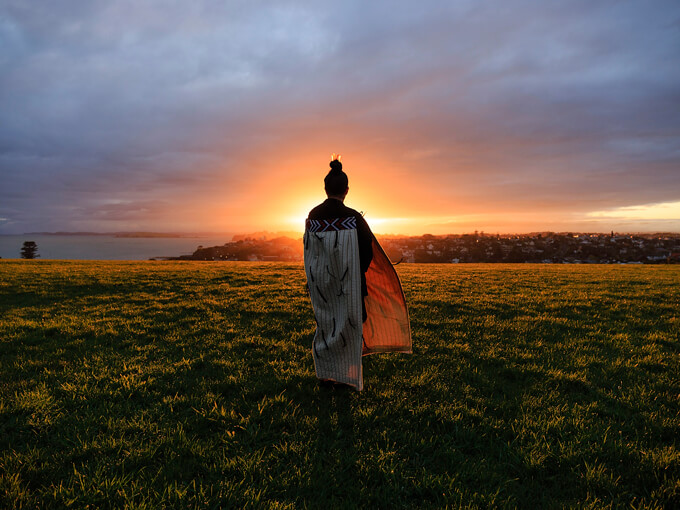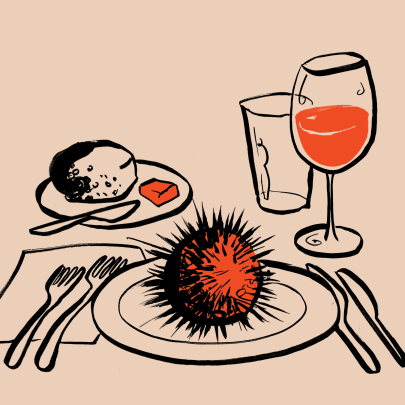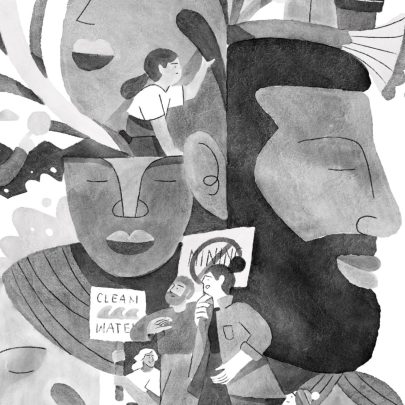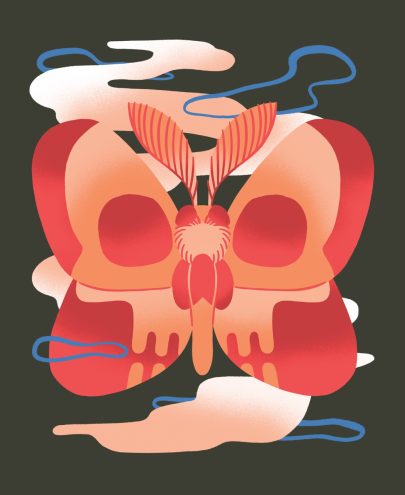Jul 18, 2019 Society
Across the region, a movement is under way to reflect the true richness of our heritage in the names of our parks and public spaces.
This story initially appeared on OurAuckland and is shared with permission.
Tamaki Makaurau is filled with lovely parks but the names by which they have often been commonly known don’t always evoke a full picture of our complex past or vibrant present. Now, Auckland Council is working with mana whenua to ensure parks and other public spaces better reflect the region’s rich Maori heritage, too.
Fourteen local boards have signed on to be part of a programme called Te Kete Rukuruku, which aims to showcase the Maori history and stories of Tamaki Makaurau. One element is to add names significant to Maori to local parks and community places, including libraries and community centres.
“There are 19 mana whenua ropu [groups of Maori who have historic and territorial rights over the land] that are recognised as having an interest in Tamaki and they have the appropriate whakapapa and mana to provide names for the rohe,” explains Anahera Higgins, Te Kete Rukuruku project manager. “They’ve designed a process that includes working autonomously within their own iwi to determine an appropriate name and narrative, but then coming together to confirm it prior to gifting it to council.”
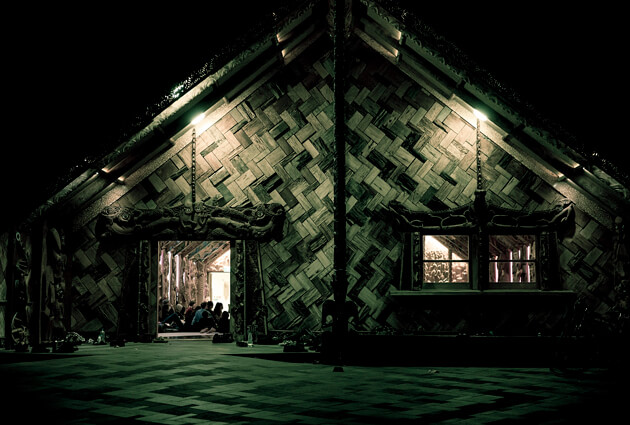
The programme was developed in response to feedback from mana whenua that the council’s naming practices could be unpredictable, and not enough value was placed on Maori naming. While some parks have known Maori names that are used on signage – think Waiorea / Western Springs and Tuna Mau / Western Park – only 9 per cent of Auckland parks and places currently have Maori names. Of Auckland Council’s 21 local boards, the 11 participating in the first two years of the programme are Albert-Eden, Henderson-Massey, Hibiscus and Bays, Kaipatiki, Mangere-Otahuhu, Manurewa, Otara-Papatoetoe, Papakura, Puketapapa, Waitakere Ranges and Whau. With 4130 local parks across the region, it wasn’t practical for every board to be involved in the first year, but three more – Franklin, Maungakiekie-Tamaki and Waitemata – have signed on to participate in the programme from the end of June, with several others showing interest in being involved in the future.
Local boards are contributing funding to the research process, while regional funding assists with programme management. It’s hoped the first round of narratives will be made public in 2020.The first group of sites numbers in the hundreds and was selected with guidance from mana whenua and local boards. They’re mostly places whose existing names don’t have any historical significance – they might be named after a street or a physical location. “Most parks are being gifted a dual name, so nothing is being taken away from the park,” adds Higgins. It will be up to local boards whether they use both names or just the Maori one, and they will work closely with stakeholders to communicate and celebrate the new names and narratives, especially where the existing name has historical significance, or other stakeholders, such as clubs with park leases, are involved.
It’s about much more than just names too, Higgins emphasises. The stories emerging from the research process so far are “rich and varied”, and they will be told in ways far more complex than simply words on a sign. “Our guidance from iwi and the local boards is that they want the narratives to be told through signage, events, the web, schools and much more.”
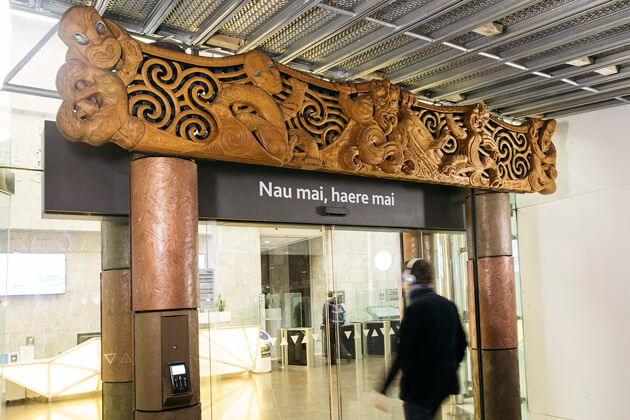
Te Kete Rukuruku is part of the council’s broader plan to ensure more reo Maori is seen, heard, learnt and spoken in the region. Among a number of initiatives are the dual naming of the council’s two corporate buildings, Te Wharau o Horotiu / Bledisloe House and Te Wharau o Tamaki / Auckland House, Auckland Transport’s use of bilingual announcements, and increased use of te reo in council documents.
These initiatives aim to ensure Auckland keeps pace with the nation-wide resurgence in learning and celebrating the language. As has been widely reported, enrolments in te reo courses have risen to unprecedented levels around the country, to the point where many education providers struggle to keep up with demand. This year, Te Wananga o Aotearoa has 1824 equivalent full-time students enrolled in its Auckland te reo courses, a 79 per cent increase from 2015. In 2018, Unitec had 1928 students enrolled in its Kura Po te reo night classes, up from 1225 in 2015. There are also waiting lists for AUT’s te reo classes. Lecturer Hemi Kelly says since he started at the university in 2014, demand has grown so much that the teaching staff has doubled in size to 12. While this surge in interest may appear to have happened rapidly, hard work has been going on in the background for some time and “there’s been a build-up in momentum”.
Kelly attributes the reo resurgence to several factors, particularly emphasising the importance of “reo champions” – most visibly those in the media – who have normalised the use of te reo Maori in different sectors of society.
“Those who have a platform to be heard – like Jack Tame, Jennifer Ward-Lealand, Jenny-May Clarkson, and Guyon Espiner – are exposing mainstream New Zealand to the reo, and that hasn’t been happening for very long. There was the odd kia ora here and there, the odd po marie from John Campbell when he was on, but those people have really started to use more reo.”Visibility is hugely important too, he says, which is where programmes like Te Kete Rukuruku play such a crucial role. “We’ve seen it with places like Auckland and Tamaki – people have come to know that Tamaki is Auckland through that visual exposure,” he says. “If both names are used, it becomes quite normal and people understand that this place has two names. I think that can easily happen, and signage is the starting point.”
This story was first published on Our Auckland.
Follow Metro on Twitter, Facebook, Instagram and sign up to our weekly email

